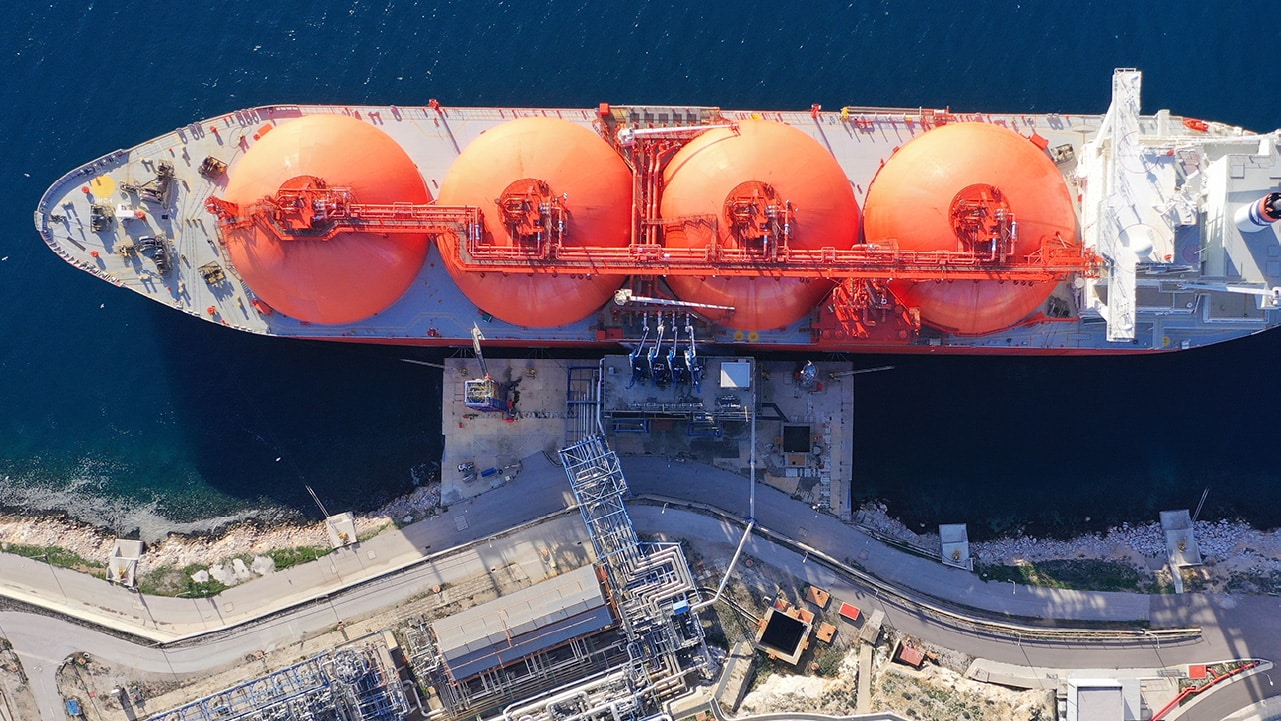ASTM E1647 Tank Surface Cleanliness Testing
The ASTM E1647 standard is a critical requirement in ensuring that cargo and tank systems within the marine sector are free from contamination. This test is essential for preventing potential risks associated with tank surface cleanliness, especially when handling hazardous materials or volatile substances.
ASTM E1647 provides detailed guidelines on how to evaluate the surface cleanliness of tanks used in the transportation of liquids or gases. The primary focus is ensuring that any residue from previous cargo is completely removed before loading new cargo. This prevents cross-contamination, which can lead to significant operational issues and safety hazards.
During the testing process, samples are taken from various points within the tank to assess surface cleanliness. These samples undergo rigorous analysis using advanced instruments such as gas chromatography or mass spectrometry to detect even trace amounts of contaminants. The acceptance criteria for this test are stringent and ensure that any residue must be below a specified threshold.
The marine sector heavily relies on cargo and tank systems to transport goods safely across oceans. Ensuring these systems meet the highest cleanliness standards is not only regulatory compliance but also critical for operational efficiency and safety. Tank surface cleanliness testing helps in maintaining the integrity of the cargo being transported, thus preventing any adverse reactions that could result from impurities.
For R&D engineers involved in designing new tank systems or improving existing ones, ASTM E1647 provides a benchmark to adhere to. It ensures that all materials and coatings used are compatible with the cleaning processes required by this standard. Compliance is also crucial for quality managers who oversee supply chain operations to ensure that only clean tanks enter their facilities.
Proper adherence to ASTM E1647 can significantly reduce maintenance costs associated with reconditioning tanks after contamination incidents. It also enhances the reliability of tank systems, leading to reduced downtime and increased operational efficiency. This standard is particularly relevant for companies dealing with hazardous materials or volatile substances where even minimal impurities could have severe consequences.
The ASTM E1647 test protocol involves several key steps: sample collection from different parts of the tank, analysis using appropriate instrumentation, and evaluation against strict acceptance criteria. The results provide valuable insights into the effectiveness of current cleaning procedures and identify areas for improvement. This information is invaluable for ongoing quality assurance programs aimed at maintaining high standards in marine equipment.
Applied Standards
| Standard Reference | Description |
|---|---|
| ASTM E1647-05(2018) | American Society for Testing and Materials standard defining the method for assessing tank surface cleanliness. |
| ISO 9001:2015 | An international standard for quality management systems, ensuring that all processes related to ASTM E1647 are followed correctly. |
Benefits
- Enhances safety by preventing contamination of new cargoes.
- Reduces the risk of operational disruptions due to cross-contamination.
- Promotes compliance with regulatory requirements, thereby avoiding penalties.
- Improves the reliability and longevity of tank systems through proper maintenance practices.
Eurolab Advantages
Eurolab offers comprehensive ASTM E1647 testing services tailored to meet the stringent requirements of the marine sector. Our laboratory is equipped with state-of-the-art instrumentation and experienced professionals who understand the nuances of this standard.
- We provide accurate and reliable test results ensuring compliance with international standards.
- Our expertise in marine equipment testing allows us to offer customized solutions to meet specific client needs.
- Eurolab’s commitment to quality is reflected in our adherence to ISO 9001:2015, ensuring that all processes are robust and consistent.





